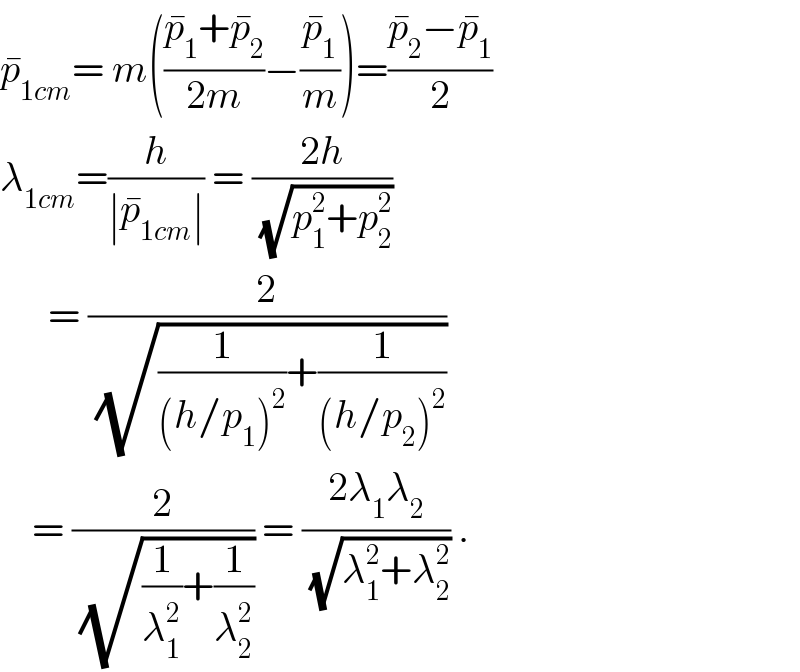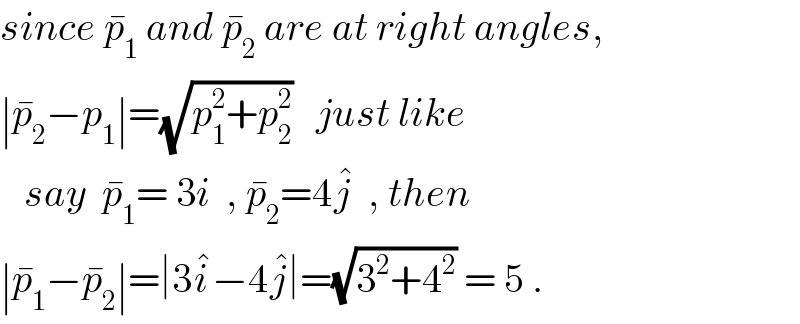
Question and Answers Forum
Question Number 45747 by rahul 19 last updated on 16/Oct/18

Answered by ajfour last updated on 16/Oct/18

Commented by rahul 19 last updated on 16/Oct/18
Thank you sir ! ☺️�� plss also try Q. 45746 , 45748
Commented by rahul 19 last updated on 16/Oct/18

Commented by ajfour last updated on 16/Oct/18

